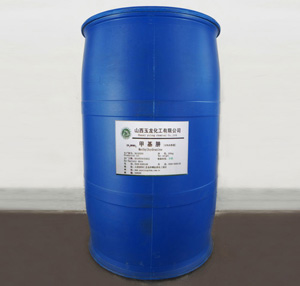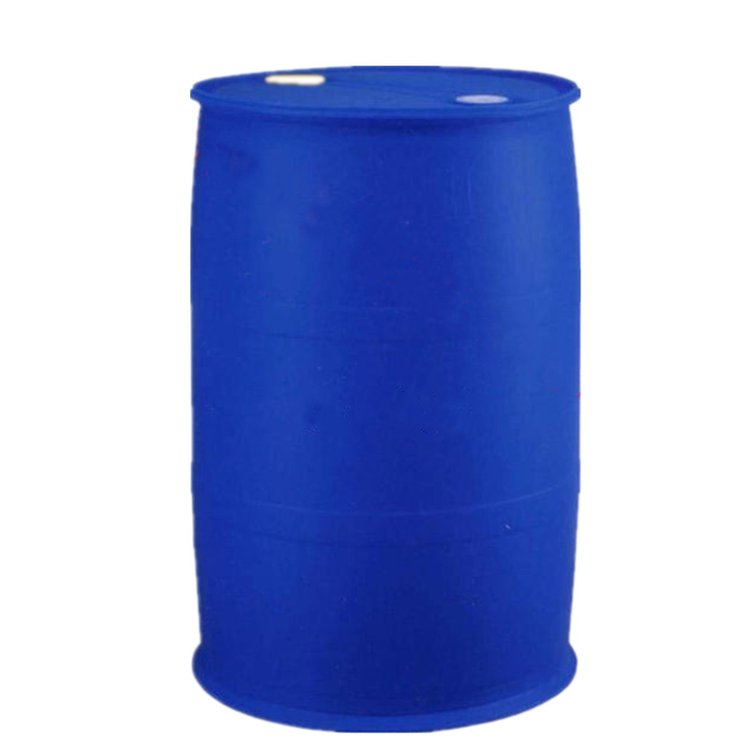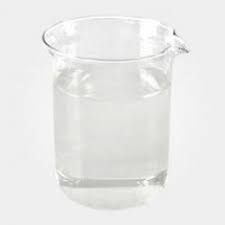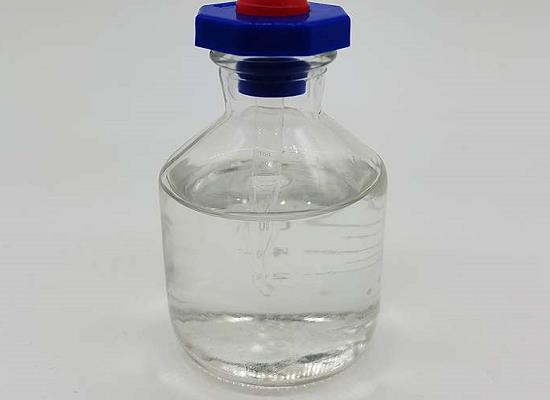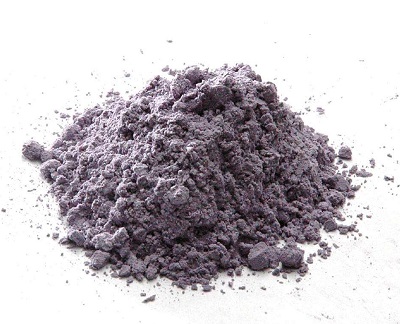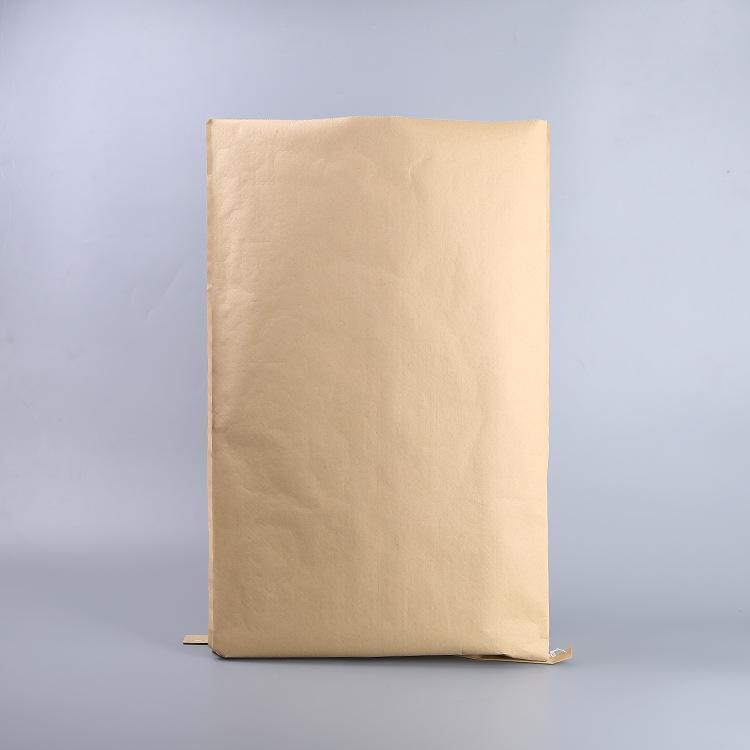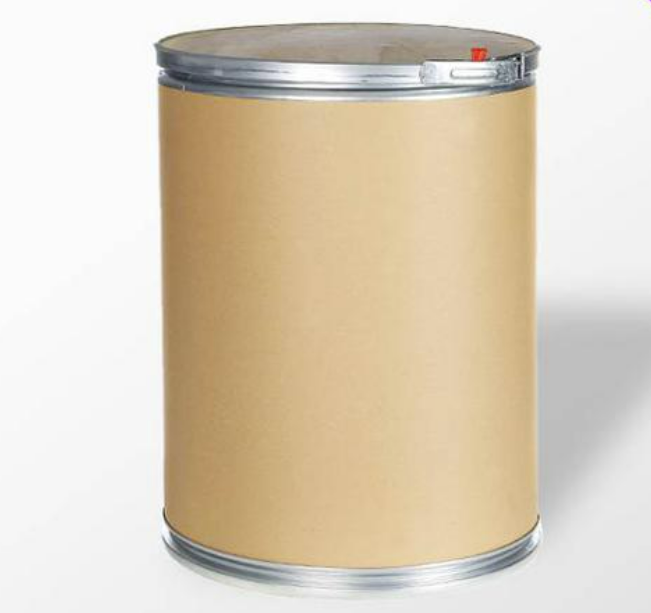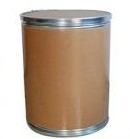Antioxidant
Other Auxiliary Agent
Petroleum Additives
Adsorbent
Water Treatment Chemicals
Rubber Additives
Adhesive Additives
Cross-Linking Agent
Flame Retardants
UV Absorbers
Organic Extractant
Resin Additives
Electronics Chemicals
Pesticide Additives
Building Chemicals
Plastic Additives
Oilfield Chemicals
Adhesive
Plastic Rubber Chemicals
Paper Additives
Molecular Sieve
Coating Additives
Textile Auxiliaries
Fluorescent Brightener
Polyethylene Glycol Derivatives
Coupling
Forest Chemicals
Leather Auxiliary Agents
Beneficiation Agents and Smelting Additives
Dye Auxiliaries
CAS:60-34-4
Molecular Formula:CH6N2
Alias
More Information
Hydrazine,Methyl; Ch3Nhnh2; N-Methyl-Hydrazine; Mmh; Hydrazinomethane; Hydrazomethane; Hydrazine, Methyl-; Metylohydrazyna; Monomethylhydrazine; Methylydrazine; Methyl-Hydrazin; Methyl-Hydrazine
Brief Introduction
Methylhydrazine is used as a high-energy fuel in military applications. Acute (short-term) inhalation exposure to high levels of methylhydrazine may cause lacrimation, eye redness, nasal and respiratory irritation, headache, malaise, vomiting, diarrhea, ataxia, anoxia, cyanosis, tremors, and convulsions in humans. Acute exposure to methylhydrazine in humans has also been observed to affect the blood, kidneys, and liver. Methylhydrazine is highly corrosive and irritating to the skin, eyes, and mucous membranes of the respiratory system in humans and animals. Chronic (long-term) inhalation exposure to methylhydrazine has been observed to impair function of the kidneys and liver, affect the blood and spleen, and cause convulsions in animals.
Suppliers
View More Vendors (2) >
CAS:6117-80-2
Molecular Formula:C4H8O2
Alias
More Information
2-(3,4-Dihydroxybenzylidene)-4,6-Dihydroxy-1-Benzofuran-3(2H)-One; (Z)-2-Buten-1,4-Diol; Cis-1,4-Dihydroxy-2-Butene; 2-Butene-1,4-Diol, (Z)-; (Z)-2-[(3,4-Dihydroxyphenyl)Methylene]-4,6-Dihydroxy-3(2H)-Benzofuranone; 2-((Z)-3,4-Dihydroxy-Benzylidene)-4,6-Dihydroxy-Benzofuran-3-One; (Z)-2-Butene-1,4-Diol; 2-Cis-1,4-Butene-Diol; 2-((Z)-3,4-Dihydroxy-Benzyliden)-4,6-Dihydroxy-Benzofuran-3-On; (Z)-2-(3,4-Dihydroxybenzylidene)-4,6-Dihydroxybenzofuran-3(2H)-One; (2Z)-2-Buten-1,4-Diol; (2Z)-2-(3,4-Dihydroxybenzylidene)-4,6-Dihydroxy-1-Benzofuran-3(2H)-One; 2-[(3,4-Dihydroxyphenyl)Methylidene]-4,6-Dihydroxy-3-Benzofuranone; (Z)-But-2-Ene-1,4-Diol; Cis-2-Butene-1,4-Diol For Synthesis; 1,4-Butenediol-[2]
Brief Introduction
2-Butene-1,4-diol can be used as plasticizer of alkyd resin, crosslinking agent and bactericide of synthetic resin, and also can be used to prepare 1,4-butanediol. Specifically, 2-butene-1,4-diol is mainly used as raw materials for vitamin B6, thiodan, dihydrofuran and other products.
Suppliers
View More Vendors (2) >
CAS:6375-47-9
Molecular Formula:C9H12N2O2
Alias
More Information
3-Amino-4-Methoxyacetanilide; 3'-Amino-4'-Methoxyacetoanilide; 3-Amino-4-Methoxyacetaniline; 4-Acetoamino-2-Aminomethoxybenzene; 4-Acetamino-2-Aminoanisole; 5-Acetamido-O-Anisidine; N-(3-Amino-4-Methoxyphenyl)Acetamide
Brief Introduction
It is used in the production of disperse blue 79 and other dye intermediates
Suppliers
View More Vendors (2) >
CAS:70458-95-6
Molecular Formula:C18H24FN3O6S
Alias
More Information
1-Ethyl-6-Fluoro-7-(4-Methyl-Piperazin-1-Yl)-4-Oxo-1,4-Dihydro-Quinoline-3-Carboxylic Acid; 3-Carboxy-1-Ethyl-6-Fluoro-1,4-Dihydro-7-(4-Methyl-1-Piperazinyl)-4-Oxoquinoline Monomethanesulphonate; 1-Ethyl-6-Fluoro-7-(4-Methylpiperazin-1-Yl)-4-Oxoquinoline-3-Carboxylic Acid,Methanesulfonic Acid; Pefloxacin Mesilate
Brief Introduction
A synthetic broad-spectrum fluoroquinolone antibacterial agent active against most gram-negative and gram-positive bacteria.
Suppliers
View More Vendors (2) >
CAS:71989-14-5
Molecular Formula:C23H25NO6
Alias
More Information
Fmoc-L-Asparticacidbeta-Tert-Butylester; Fmoc-L-Aspartic Acid 4-Tert-Butyl Ester; Fmoc-Asp(Otbu)-Oh; 9-Fluorenyl-Methoxycarbonyl-L-Asp-Tert-Butyl Ester; Fmoc-(Tbu)Asp-Oh
Brief Introduction
Fmoc-L-Asp (oButt) - OH, also known as beta tert butyl aspartate, is a chemical intermediate commonly used in peptide synthesis for amino acid protection.
Suppliers
View More Vendors (2) >
Inquiry (
10
/ 10
)
Clear All
Sign In
Error!

